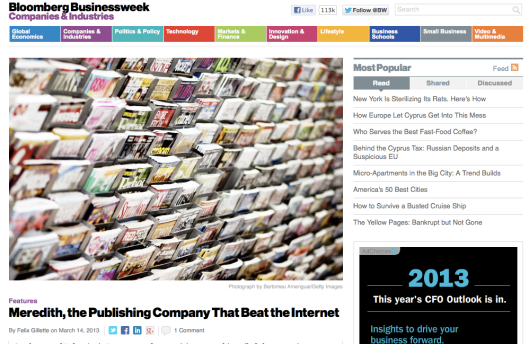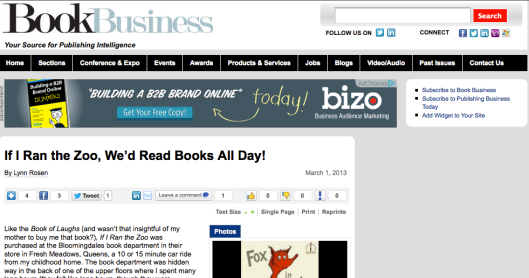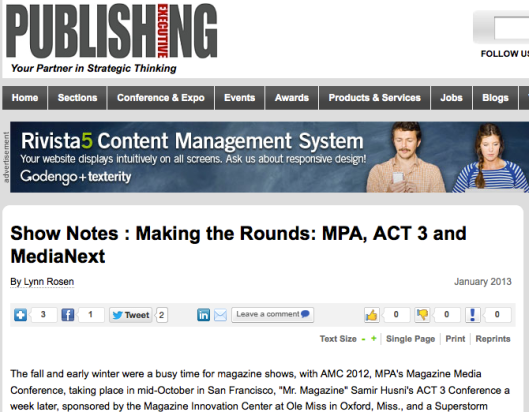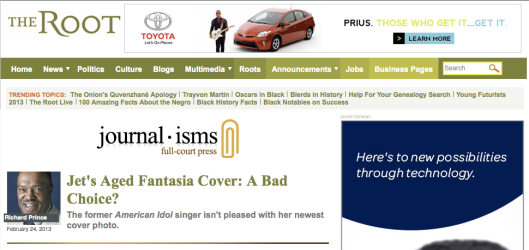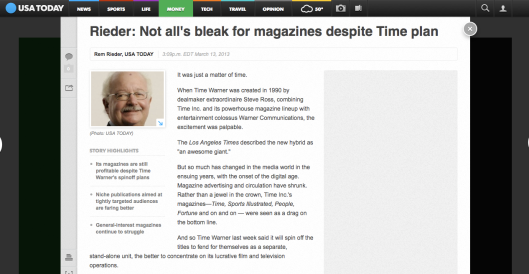
I was interviewed and quoted for a column in USA Today about magazines and their future. You can read my quotes below and you can click here to read the entire article.
Nobody loves magazines more than Samir Husni, the founder and director of the Magazine Innovation Center at the University of Mississippi. And he’s certainly not ready to give up on the objects of his affection.
How much does Husni love magazines? Not only is his nickname “Mr. Magazine,” he had it trademarked. His magazine collection includes more than 28,000 first editions. When we talked on the phone on Monday, he had just returned from Walmart, where he had dropped $150 on 10 magazines.
Husni is certainly saddened by the latest development affecting the Time Inc. magazines. He sees it as a consequence of having business people with no regard for magazines running a company that was launched by a visionary journalist. And he sees that as emblematic of broader changes in the industry.
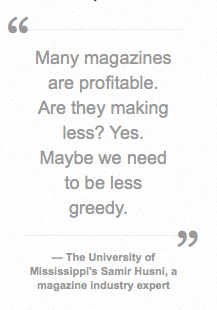 As for the spinoff, Husni’s big fear is that it will lead to a breakup of the magazine unit, that it will “open it up to vultures from all over the place who will pick off the magazines piece by piece. They are going to be more vulnerable now. It’s a shame when a media giant is treated like a soccer ball.”
As for the spinoff, Husni’s big fear is that it will lead to a breakup of the magazine unit, that it will “open it up to vultures from all over the place who will pick off the magazines piece by piece. They are going to be more vulnerable now. It’s a shame when a media giant is treated like a soccer ball.”
Husni readily agrees that the glory days of, say, 2007, “when magazines were printing money,” are gone forever. “They had the carpet pulled out from under their feet,” he says. “They’re still trying to come back.”
But he thinks some perspective is in order.
“Magazines are still bringing in a lot of money,” he says. “Many magazines are profitable. Are they making less? Yes. Maybe we need to be less greedy.”
And he is dazzled by the huge increase in the number of magazine titles. In 1980 there were about 2,000. Now there are 10,000. The proliferation reflects the dominance of the niche. Today there’s a magazine for virtually every interest, no matter how arcane. “There are about eight magazines about chickens,” Husni marvels.


